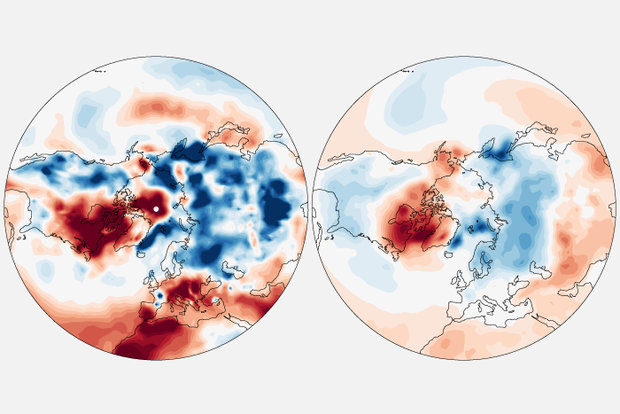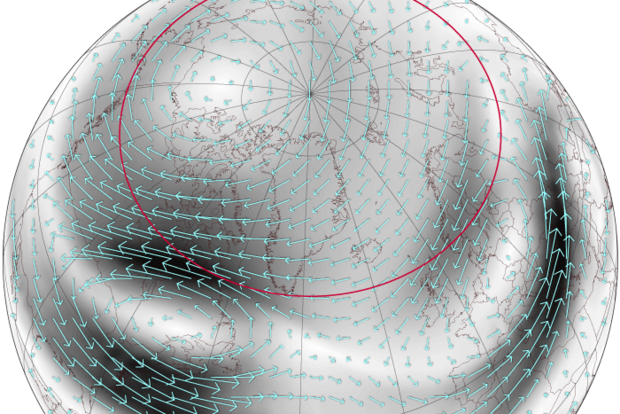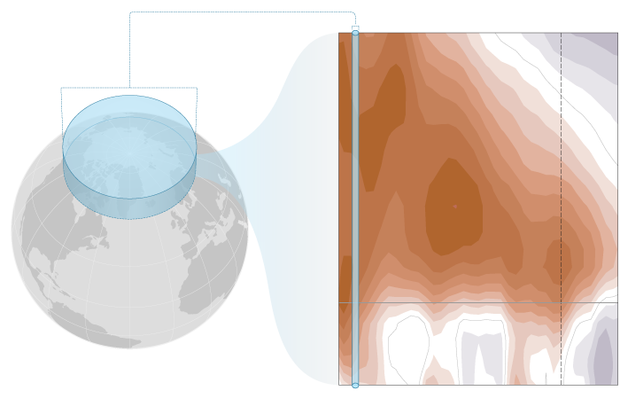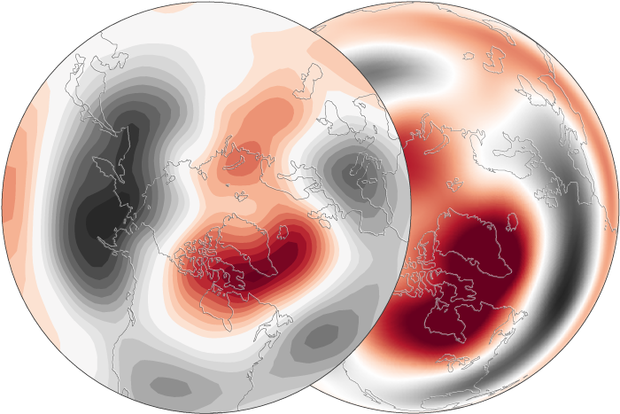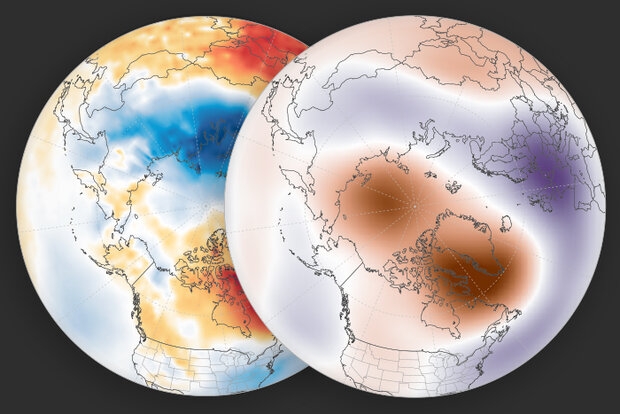Polar Vortex Blog
As polar vortex season winds down, so does Season 1 of the Polar Vortex Blog. In our final post of the season, we discuss whether the season is ending on a cliffhanger or just tying up loose ends.
Season finale of the polar vortex
The polar stratospheric west-to-east winds have been steadily weakening and as of April 28, the winds at 60 degrees North, 10-hPa reversed direction, becoming east-to-west. As mentioned in the previous post, this breakdown of the polar vortex isn’t a shocking cliffhanger, but rather the final stratospheric warming that occurs every spring as a result of the sun “rising” over the North Pole. Probably the most noteworthy part of the final warming is that it ha…
Read article
Based on some questions from readers and from some stories we’ve seen online in the past month, we’ve come to realize that there may be some confusion about what our experts mean when they talk about there being a “reversal” of the polar vortex. Since my primary role on the blog is to notice when such confusion might happen and try to prevent it, I volunteered to do this unplanned post as penance for having failed to recognize that some of our previous explanations might not have been totally clear.
So, let me explain why we are going to stop saying 'polar vortex reversal.'
It’s a reversal
In previous posts, Amy and Laura explained that we can estimate the strength of the pola…
Read article
The stratospheric polar vortex is a seasonal phenomenon. It forms in late summer, when the polar region starts to lose incoming sunlight as Earth’s orbit causes the planet’s axis to be tilted away from the Sun. Its strength peaks in winter, during polar night. In spring, as the sunlight returns, and the polar stratosphere begins to warm up, the writing is on the wall: the polar vortex’s days are numbered. The equator-to-pole temperature gradients that maintain the west-to-east flowing winds in the stratosphere will weaken, and the polar vortex winds will dissipate. They will be replaced by polar stratospheric winds that flow weakly east-to-west through summer until the vortex reforms [footno…
Read article
As we’ve mentioned a few times before in this blog, the stratospheric polar vortex has been pretty active this winter. The screaming-fast winds that circle the North Pole high above the surface during Polar Night have completely reversed twice. (And in between those two events, there was a maybe: the west-to-east winds* at 60 degrees fluttered around zero, but may not have actually reversed for long enough to officially qualify.)
As such events often do (it’s why we pay attention to them!), the one in January probably played some role in the extreme cold in the central U.S. in January that kept the winter from being a complete bust. (Footnote 1).
All this starting, stopping, re…
Read article
We’ve talked about how the reversal of the west-to-east winds at 60 degrees North during a major sudden stratospheric warming sets up a feedback between large atmospheric waves and the winds, and how this results in the stratospheric wind changes being communicated down into the troposphere. But what does this mean for weather patterns down here after the polar vortex is disrupted?
By taking the average of the surface temperature and atmospheric thickness for the 30 days after all the major sudden stratospheric warmings in the observational record, we can average out day-to-day variations in the weather and see more clearly what weather patterns related to major warmings look like.
…
Read article
